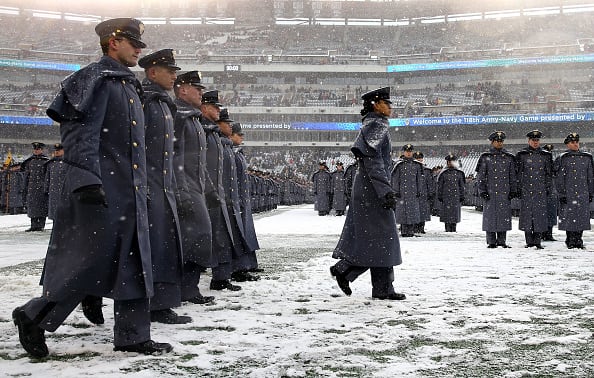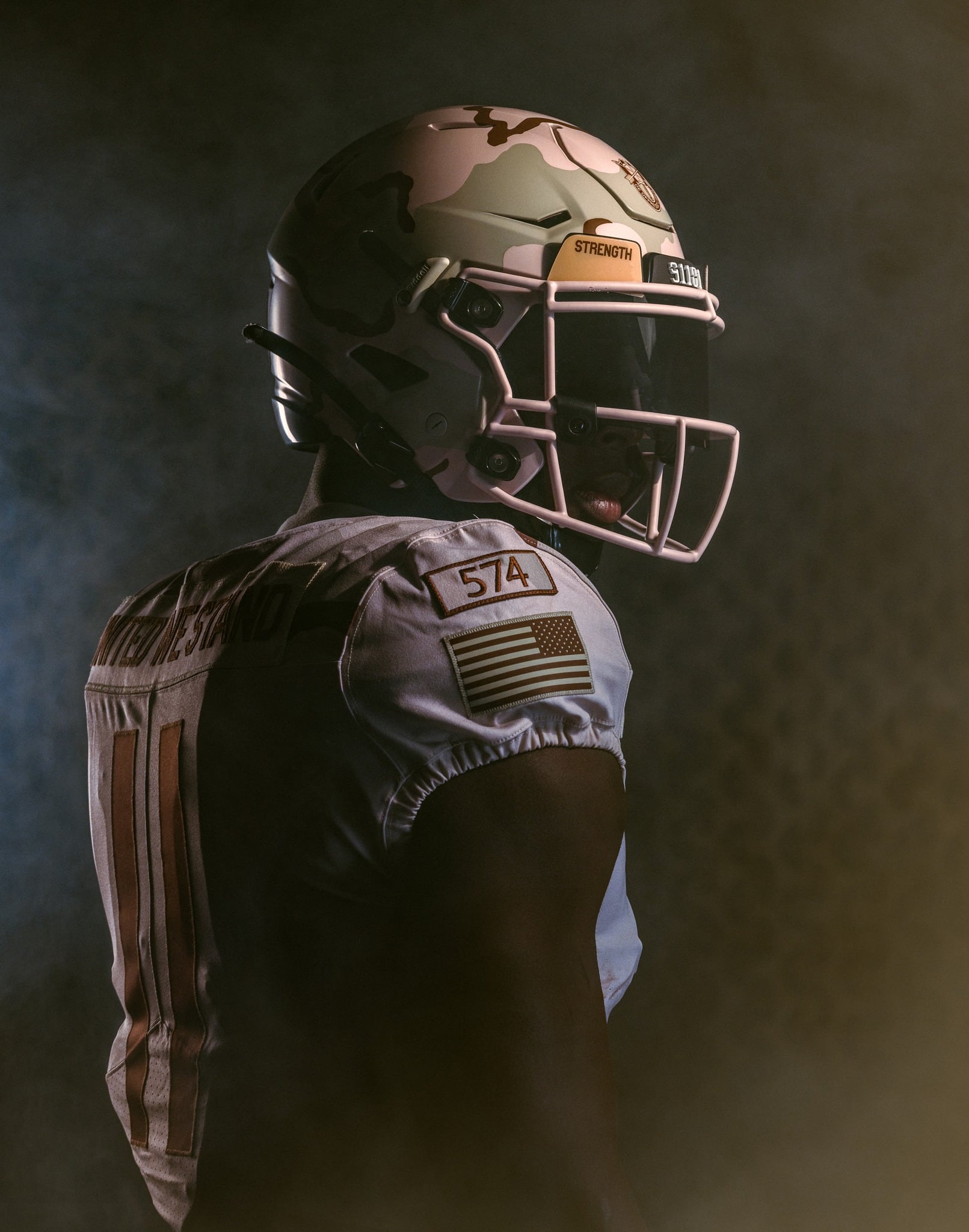When the towers fell on Sept. 11, 2001, the country was plunged into a war — a war that until its abrupt end this August was considered “the forever war.”
And for the 20th anniversary of the attacks, the U.S. Military Academy at West Point football team decided to honor the Army members of Task Force Dagger for their role in the 2001 invasion of Afghanistan.
While there were multiple joint special operations task forces established during Operation Enduring Freedom, Task Force Dagger was the first, with members deploying as early as Oct. 19, 2001.
RELATED

Elements of the task force came from the Army’s 5th Special Forces Group, the 160th Special Operations Aviation Regiment, Air Force Special Tactics Teams and the Central Intelligence Agency’s Special Activities Division.
Their goal was to partner with Afghan warlords and fighters from the Northern Alliance to wipe out Al Qaeda and the Taliban.
The Army Green Beret teams involved in the mission, known as Operational Detachment Alphas, included ODAs 534, 555, 574 and 595.
The ODA numbers can be found on the shoulders of this year’s jerseys. Army Special Forces’ Latin motto, “De Oppresso Liber,” or “To free the oppressed,” is also printed on the front of the jerseys.

ODAs 555 and 595 were the first two elements to enter the country after the attacks, with ODA 595 supporting anti-Taliban efforts in the Panjshir Valley, while ODA 555 worked to defeat Taliban forces near Bagram.
The members of ODA 595 have also famously been nicknamed the “Horse Soldiers,” after they commandeered horses in order to navigate the mountainous terrain on their way to helping Afghan citizens reclaim the city of Mazar-e-Sharif.
ODA 534 partnered with elements of the Northern Alliance and Afghan Gen. Atta Muhammad Nur, providing them with air support and direct lines of fire.
ODA 574 was tasked with escorting Hamid Karzai, who was intended to lead the governing body of the country after the fall of the Taliban. The team ultimately won the Battle of Tarin Kowt with Karzai loyalists and were key in the U.S. and Afghan forces later retaking Kandahar.
“If there was any fear that we had, it was that we would be worthy of the American people… the people of New York, people of Washington, the people of Pennsylvania, the people of our great country and all those… who lost people on that day,” commander of Task Force Dagger, Lt. Gen. John Mulholland, said of their mission on a West Point website. “So that was with us constantly, the fear that we would not be worthy of the American people.”
Although the ODAs as a whole are the main focus of this year’s uniforms, also highlighted is the 160th Special Operations Aviation Regiment.
Nicknamed the “Nightstalkers,” the 160th SOAR is the premier rotary wing for Army Special Forces. In 2001, the regiment was responsible for transporting the ODAs from Karshi-Khanabad Airbase in Uzbekistan to their various insertion points in Northern Afghanistan, flying MH-47E ‘Chinook’ helicopters and modified CH-47s.
Their unit patch is featured on the team’s helmets, along with the date of the 2001 attacks.
More than 300 members of the Army’s Special Operations Command — to include enablers like members of female Civil Support Teams and PsyOps — died in their country’s service since 2001.
Note: Travel accommodations for Army Navy Game coverage by Military Times were provided by USAA, a military-focused insurance company.
Rachel is a Marine Corps veteran and a master's candidate at New York University's Business & Economic Reporting program.
